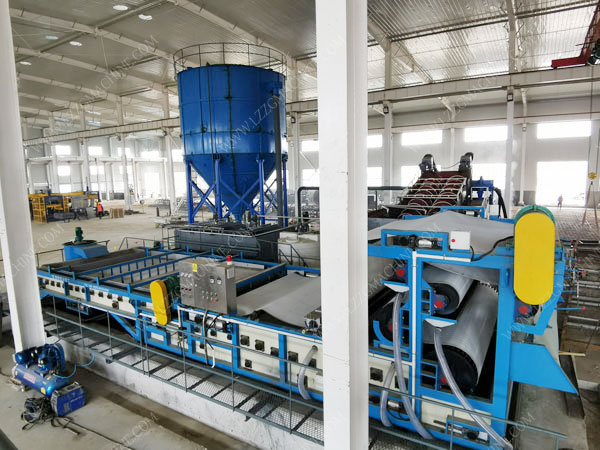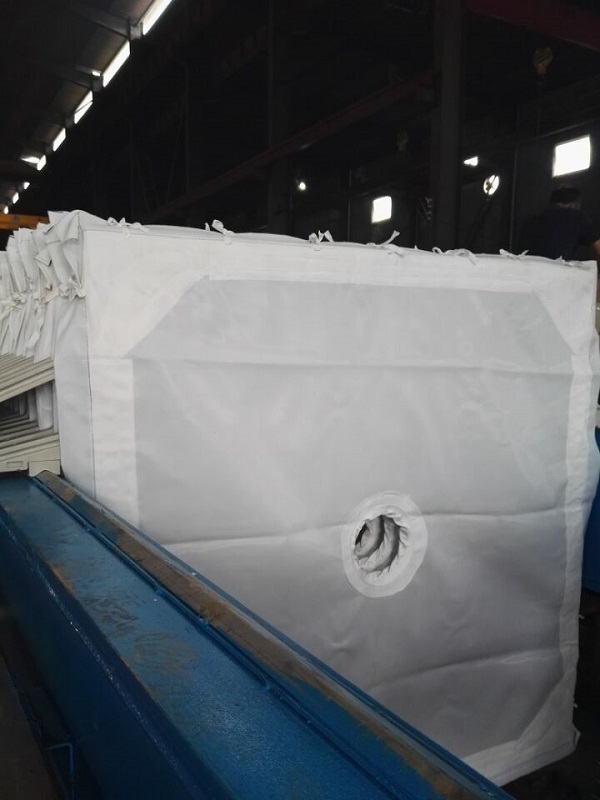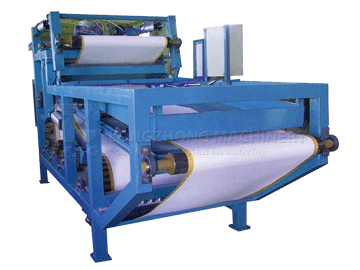How to choose the filter cloth for belt filter press correctly?
 May.24,2019
May.24,2019
In the use of belt filter press, according to the filter medium and physical and chemical properties, different materials, choose the appropriate filter cloth and the correct installation and mechanical separation efficiency, production, mechanical vibration are directly related. The choice of filter cloth should first meet the corrosion requirements, according to the chemical properties of the material, select the appropriate filter cloth material. Filter cloth filter (material separation of the model) to determine, generally in the selection of filter cloth network (model) should be slightly higher than the particle diameter of the larger particle size, will retain the small through particle filter in the initial stage of filtration a small amount, when large The entrapment of particles around the formation of the filter cake layer, you can wear a filter to eliminate this phenomenon and help to improve filtration efficiency. The cloth is recommended for post-calender treatment to reduce the possibility of traffic jams, improve the regeneration performance of the filter cloth, and the surface of the filter.
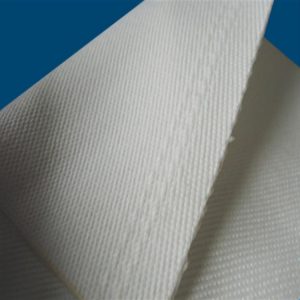
The choice of filter cloth is very important for the filtration effect of the filter press. The filter cloth plays a key role in the use of the belt filter press. Its performance is good or bad, and the correctness of the selection directly affects the filtering effect. The most common filter cloth currently used is a filter cloth made of synthetic fibers. According to the material, it can be divided into polyester, nylon, polypropylene, nylon and so on. In order to achieve the interception effect and the filtration, speed is ideal, in the selection of the filter cloth, it is also necessary to select according to the particle size, density, chemical composition and filtration process conditions of the slurry. Due to the difference in materials and methods of weaving, the strength, elongation, gas permeability and thickness of the filter cloth are different, which affects the filtering effect.
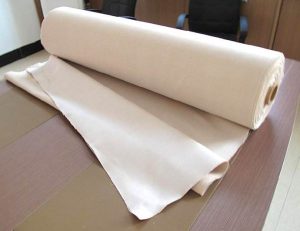
In addition, the filter media also includes cotton woven fabrics, non-woven fabrics, screens, filter papers, and microporous membranes, depending on actual filtration requirements. Common types of filter cloth: filter cloth cover and embedded anti-seepage filter cloth. This filter cloth cover is made up of two filter cloth pieces and a feeding hole connection sleeve. Usually bundled on the filter plate. The edge of the filter cloth is sewn into the sealing ring and embedded in the filter plate during installation to effectively prevent capillary leakage. Another commonly used filter cloth cover is that the composite filter cloth is composed of two or more filter cloths or filter papers to achieve a special filtering effect.
Performance of filter cloth
| Performance | Polyester | Nylon | Polypropylene | polyvinyl |
| acid resistance | strong | poor | good | not acid resistant |
| Alkaline resistance | resistant to weak base | good | strong | resistant to strong base |
| Electrivity | very poor | Better | good | General |
| Abrasion resistance | very good | very good | good | Better |
| Heat resistance | 170 °C | 130 °C Slight shrinkage | 130 °C Slight shrinkage | 130 °C Slight shrinkage |


